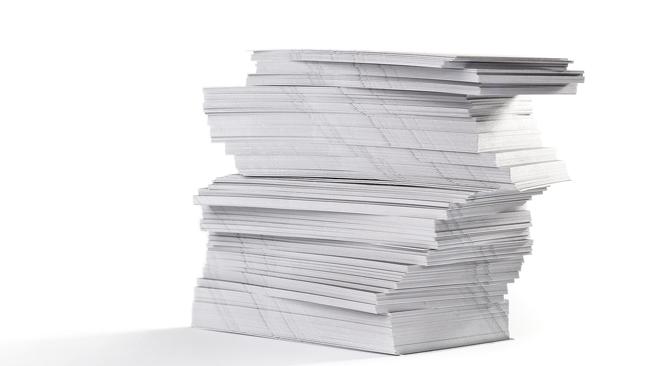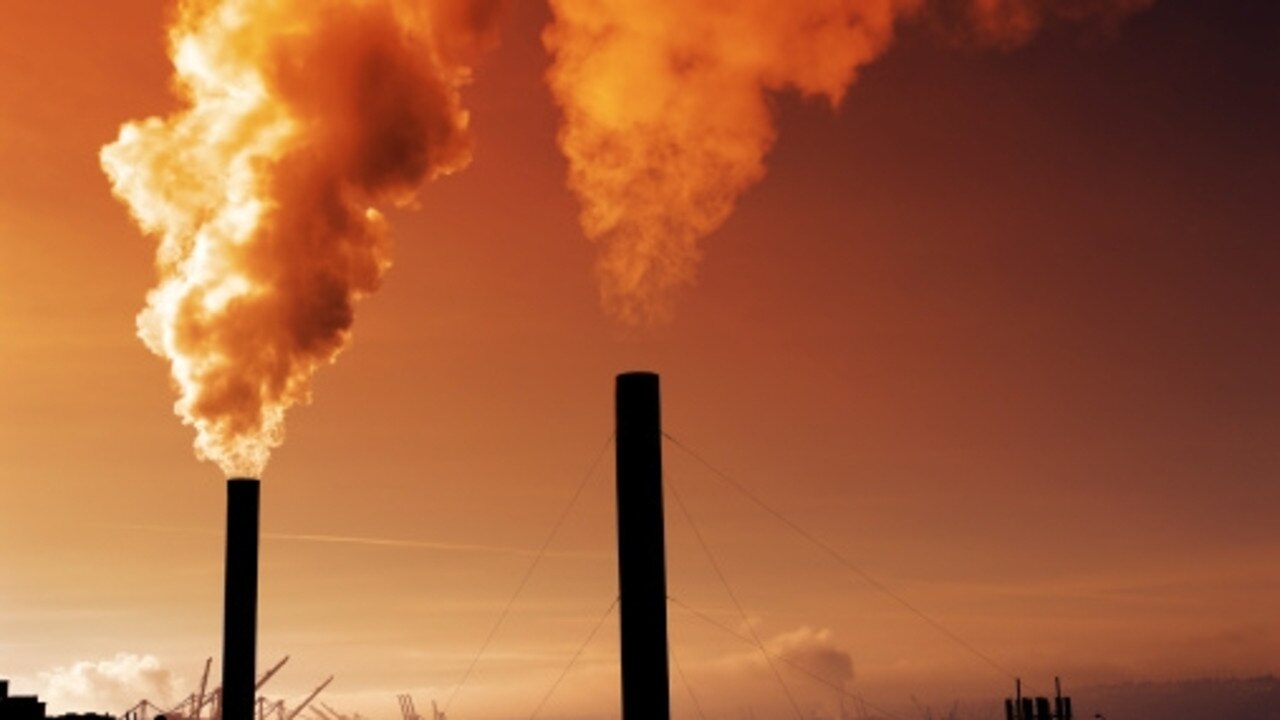Green tape’s 80-fold explosion, costing $176bn a year
The number of pages of commonwealth environmental laws has ballooned since they began in 1971.

The number of pages of commonwealth environmental laws has ballooned more than 80-fold since they began in 1971 and are costing the nation $176 billion a year in lost economic opportunity.
In 1971, when the McMahon Liberal government introduced the first commonwealth environment laws under the new Department of Environment, Aborigines and the Arts, they covered just 57 pages of legislation and regulation.
Last year, federal environmental laws stretched to 4669 pages of rules and regulations after peaking at 5004 pages in 2014 just after the Coalition ousted the Rudd-Gillard Labor government.
According to an analysis by the conservative Institute of Public Affairs, the size of the environmental bureaucracy had grown “persistently larger” since 1971.
The growth in federal environmental law dampens investment beyond the vexatious use of court challenges that have separately been estimated to have cost $1.2bn in investment in recent years. The IPA’s assessment of commonwealth environmental regulation finds “the burden of environmental laws has grown considerably, contributing to the significant red tape problem”.
The institute has calculated that red tape, not just so-called green lawfare that activists employ to delay and frustrate large developments, is costing the economy $176bn a year in foregone output.
“The burden of red tape is incurred across all industries and results in a range of economic costs,” the report says. “Environmental law is a significant part of this regulatory framework. Environmental red tape and regulation in particular has grown significantly in recent decades.”
The IPA argues that the commonwealth should devolve its environmental laws to the states to prevent duplication and red tape, while avoiding “a one size fits all” solution that suits activists opposed to development.
Donald Trump has ordered cuts to environmental regulations, in a move to assist the US coalmining sector. In February, US Environmental Protection Agency administrator Scott Pruitt was tasked by the President to overhaul the agency and cut unnecessary regulations, many of them imposed under the Obama administration.
Simon Breheny, director of the free-market IPA think tank, told The Weekend Australian the “massive growth in federal environmental law places a significant burden on the economy”.
“Analysis by the IPA has shown that red tape costs Australia $176 bn in foregone economic output,” Mr Breheny said.
He called for the federal government to “look at ways to address Australia’s red-tape problem”.
The study highlighted the plight of the Adani Carmichael mine project in central Queensland, which has been targeted by activists trying to stop the Galilee basin opening to coal mining.
The Adani central mining project application has been running for seven years and faced more than 10 court challenges. It includes a 22,000-page environmental impact statement.
In the Pilbara in Western Australia, the Roy Hill iron ore mine had to obtain 4000 separate licences, approvals and permits just for the pre-construction phase. The Productivity Commission reported in 2013 that one project had to meet 1500 government-imposed primary conditions and 8000 sub-conditions. The IPA study showed that, when the McMahon government established federal environmental laws, the pages of legislation only numbered 57 but they increased almost 10 times under the Whitlam Labor government to 501 pages by the end of 1975. During the Fraser Liberal government years there was a rise in the amount of legislation to 548 pages but that quadrupled under the Hawke-Keating Labor government to 2209 pages by 1996. The Hawke government introduced a number of dramatic environmental changes and national park declarations.
During the Howard Liberal government the number of environmental laws continued to rise, up 20 per cent between 1996 and 2007, and jumped another 25 per cent under the Rudd-Gillard Labor government to 4871 pages of regulations and rules including the introduction of the Department of Climate Change. In 2014, the first year of the Abbott Liberal government, the number of pages of federal environmental laws peaked at 5004. Between 2014 and 2016 the number of pages of environmental law under the Abbott-Turnbull governments has dropped to 4669 in 2016.
The Turnbull government vowed to review environmental laws to prevent activist groups’ legal challenges to development projects ranging from dams and roads to coalmines. It said challenges under section 487 of the Environment Act, which allows anyone with a “special interest in the environment” the right to challenge, were becoming more “vexatious and frivolous” . Of 32 legal challenges under the act that went to court, developers spent a cumulative 7500 days — or 20 years — in court even though 28 of the environmental cases were defeated and three required only minor technical changes to go ahead.








To join the conversation, please log in. Don't have an account? Register
Join the conversation, you are commenting as Logout